Introduction:
Baby bottle tooth decay is a prevalent and preventable dental issue that affects infants and young children. Also known as early childhood caries or nursing bottle caries, this condition can have long-lasting effects on a child’s oral health if not addressed early on. In this comprehensive guide, we will delve into the causes, symptoms, and most importantly, preventive measures to safeguard your child’s dental well-being.
What is Baby Bottle Tooth Decay?
Baby bottle tooth decay refers to the rapid decay of primary (baby) teeth in infants or young children, primarily caused by prolonged exposure to sugary liquids. This includes milk, formula, fruit juices, and other sweetened beverages when consumed through a baby bottle or sippy cup. The high sugar content in these liquids provides a breeding ground for bacteria, leading to the formation of acids that erode tooth enamel.
Causes of Baby Bottle Tooth Decay:
1.Bottle Feeding Habits:
Allowing a baby to fall asleep with a bottle containing anything other than water can expose teeth to sugars for an extended period.
2.Frequent Bottle Use:
Regular and prolonged bottle use, especially during the day, can increase the risk of tooth decay
3.Infrequent Cleaning:
Inadequate cleaning of an infant’s gums and teeth can contribute to the accumulation of harmful bacteria.
4.Lack of Dental Care:
Delaying the first dental visit or not adhering to regular dental check-ups increases the likelihood of baby bottle tooth decay going unnoticed
5.Mother-to-Child Transmission:
The transfer of cavity-causing bacteria from caregivers to infants can elevate the risk of tooth decay.
Symptoms of Baby Bottle Tooth Decay:
Identifying the signs of baby bottle tooth decay early on is crucial for effective intervention. Common symptoms include:
1.Discolored or spotted teeth.
2.Tooth sensitivity or pain.
3.Bad breath.
4.Difficulty in chewing or eating.
5.Swollen or bleeding gums.
Prevention Strategies From Tooth Decay:
Preventing baby bottle tooth decay involves a combination of good oral hygiene practices and mindful parenting. Implementing the following strategies can significantly reduce the risk of this dental condition.
1. Bottle Feeding Practices:
1.Avoid prolonged bottle use, especially at naptime and bedtime.
2.Transition to a cup as early as possible to discourage extended bottle use.
3.Fill bottles with water for bedtime, eliminating exposure to sugary liquids during sleep.
2. Oral Hygiene Habits:
1.Begin oral care early by wiping an infant’s gums with a clean, damp cloth.
2.Introduce a soft-bristled toothbrush and age-appropriate toothpaste as soon as the first tooth emerges.
3.Encourage independent brushing as the child grows, emphasizing the importance of thorough cleaning.
3.Regular Dental Check-ups:
1.Schedule the first dental visit by the child’s first birthday or when the first tooth erupts.
2.Follow the dentist’s recommended schedule for subsequent check-ups.
4.Healthy Dietary Choices:
1.Limit the consumption of sugary snacks and beverages.
2.Encourage a balanced diet rich in fruits, vegetables, and whole grains.
Treatment Options:
In cases where baby bottle tooth decay has already developed, prompt intervention is essential. Treatment options may include:
1.Dental Restorations:
Depending on the severity, the dentist may recommend fillings, crowns, or other restorative procedures.
2.Fluoride Applications:
Professional fluoride treatments can strengthen weakened enamel.
3.Behavior Modification:
Educate caregivers on proper feeding habits and oral care practices to prevent recurrence.
Conclusion:
Understanding and preventing baby bottle tooth decay requires a proactive approach from both parents and caregivers. By implementing healthy feeding practices, emphasizing oral hygiene, and seeking regular dental care, the risk of this common childhood dental issue can be significantly reduced. Early intervention and consistent preventive measures lay the foundation for a lifetime of optimal oral health for your child.
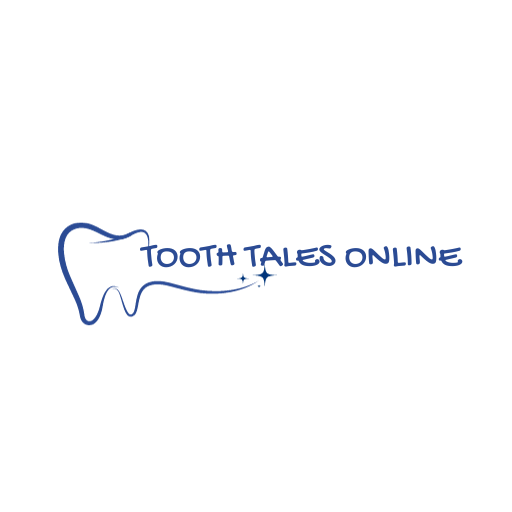
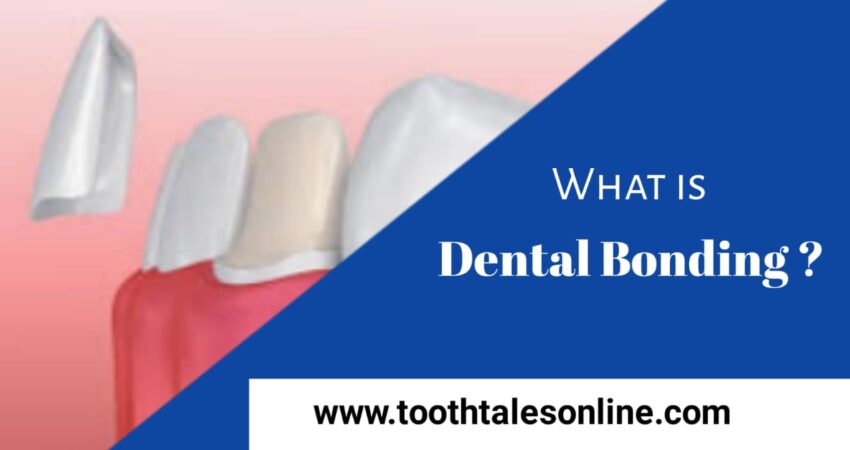
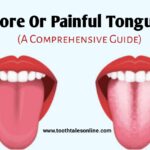
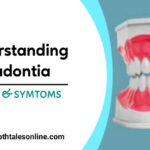
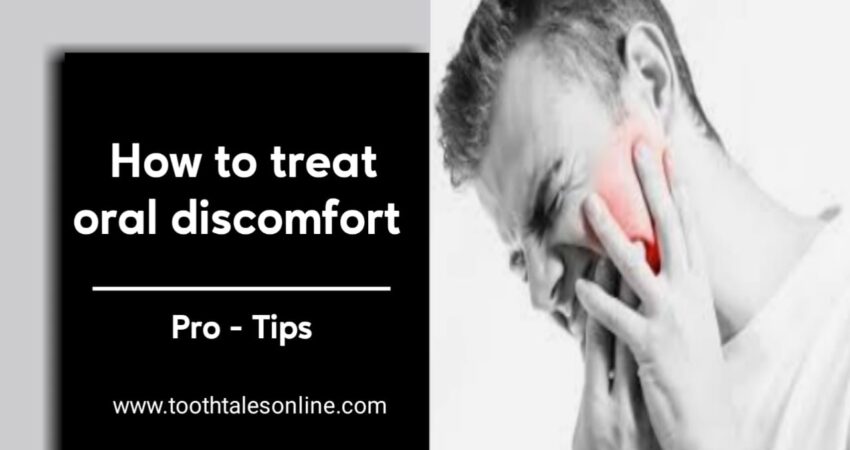


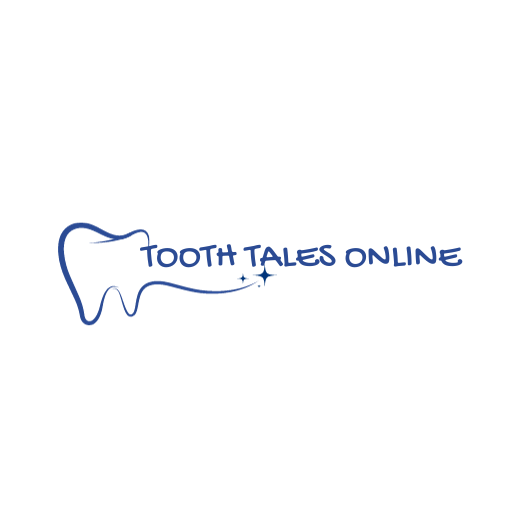
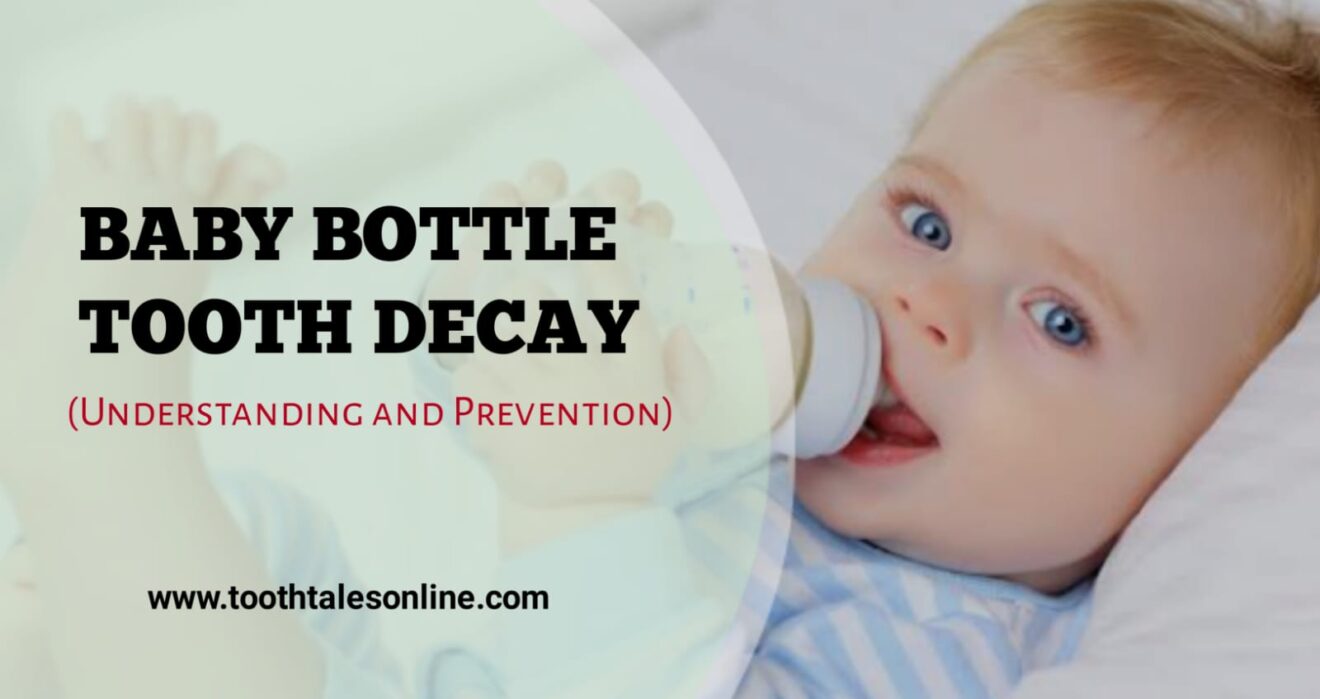
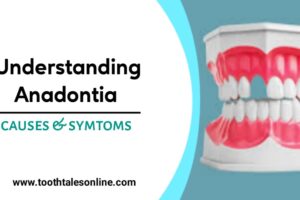
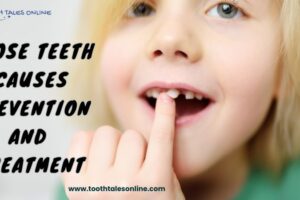
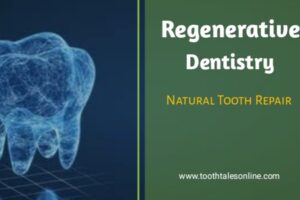










Add Comment